
Le palais impérial à Tokyo Tokyo, Le palais, Impériale
Tokyo Imperial Palace and its beautiful gardens are a world away from the hustle bustle of the city. Just a 10-minute walk from Tokyo Station and the high-rise Marunouchi financial district, this calm green oasis covers an impressive 1.15 square kilometres in the central Chiyoda Ward.
Kōkyo, le Palais Impérial de Tokyo Notre Montréalité
The Imperial Palace, located in the district of Tokyo Station, was formerly the residence of the shogun and became the residence of the emperor and his family. A quiet and secret place, together with the surrounding Kokyogaien National Gardens form the largest green area in central Tokyo. "A fortress in the city." While in the seventeenth and eighteenth centuries, the kings of France resided.

TOKYO Le palais de l'Empereur Giappone
Le Palais impérial peut presque être décrit comme étant un monde à part, isolé du reste de Tokyo. Il est le lieu où existent encore des bâtiments de style traditionnel, nichés au milieu de pelouses bien entretenues et de vastes cours d'eau. Le Palais impérial actuel fut construit sur le site du château d'Edo.
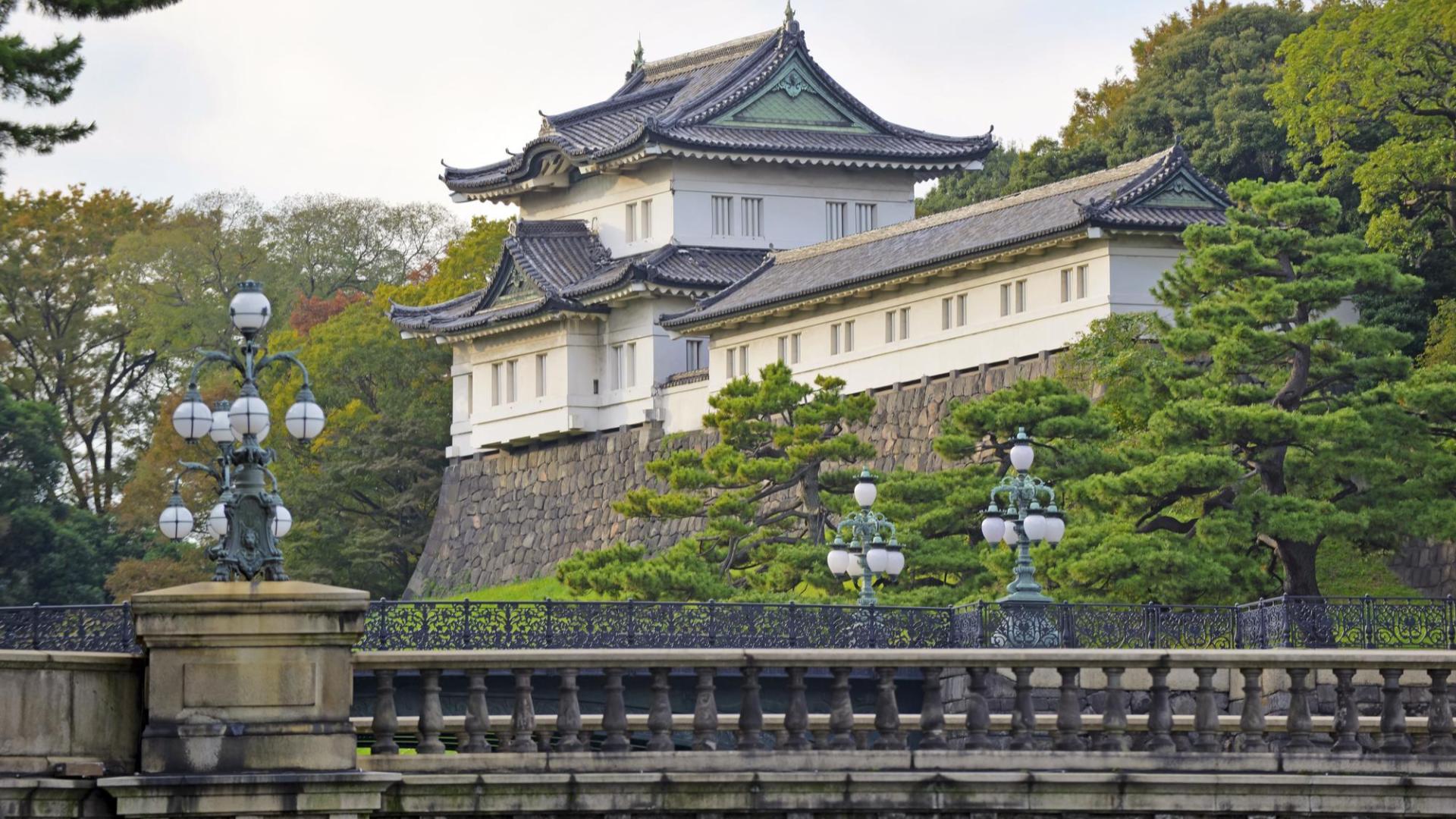
Palais impérial de Tokyo La résidence principale de la famille impériale Furansu Japon
Quick & Easy Purchase with Flexibility to Cancel up to 24 Hours Before the Tour Starts! Browse & Book the Best Tours, Trips, Activities and Excursions on Tripadvisor.

Le palais impérial de Tokyo, ouvert seulement 2 jours par an
The current Imperial Palace (皇居, Kōkyo) is located on the former site of Edo Castle, a large park area surrounded by moats and massive stone walls in the center of Tokyo, a short walk from Tokyo Station. It is the residence of Japan's Imperial Family. Edo Castle used to be the seat of the Tokugawa shogun who ruled Japan from 1603 until 1867.
Tokyo, Japan Day 4 Imperial Palace, Roppongi Hills, Tokyo Tower,Odaiba JACQSOWHAT Food
Visitors who wish to see the entrance to the palace should head towards the Sakashita-mon Gate, which is a 15-minute walk from Nijubashimae Station or Otemachi Station. You can also walk there from Tokyo Station's Marunouchi exit in 20 minutes. If you plan on joining the Imperial Palace tour, meet your guide at the Kikyomon Gate, a 10-minute.
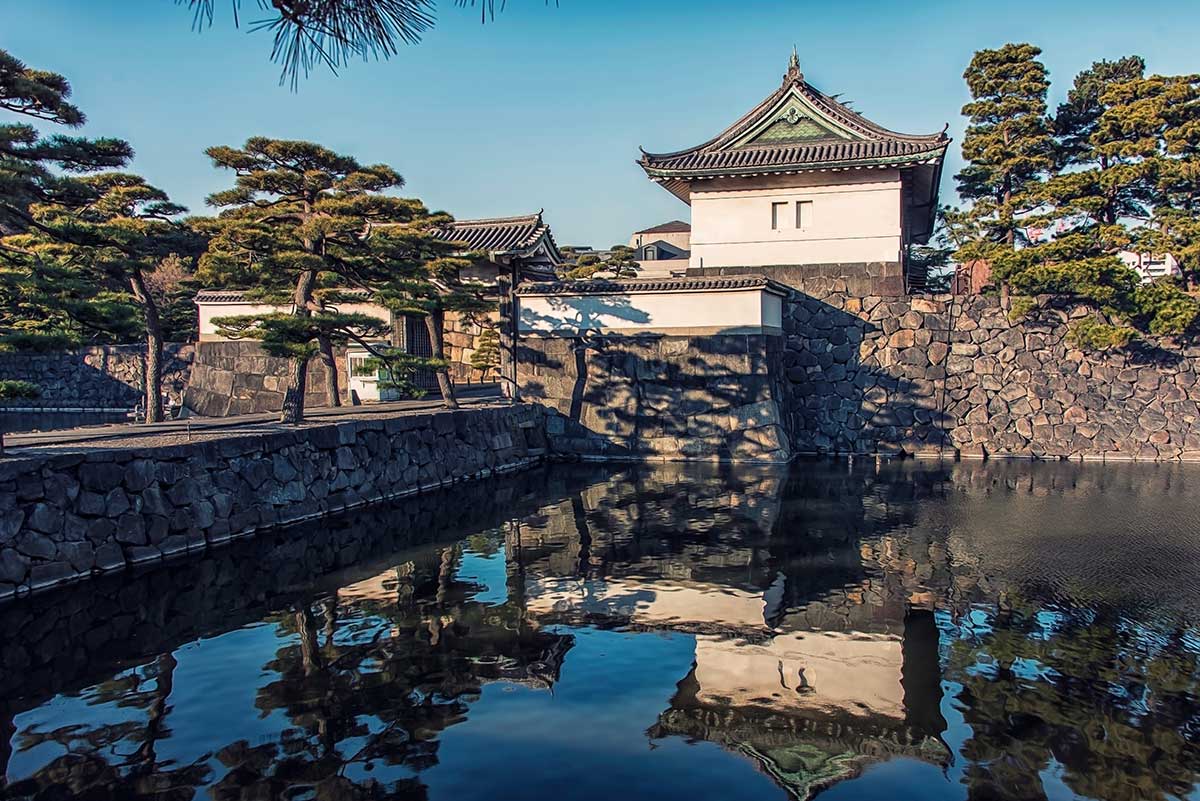
Le palais impérial de Tokyo circuits, visites de l'ancien château fort
A very auspicious day to visit the Imperial Palace would be January the 2nd. The whole Imperial Family makes a public appearance on this auspicious date directly after New Year, on the porch of the Chowaden Reception Hall. This is the only day in the year when the Imperial Palace is open to the public.
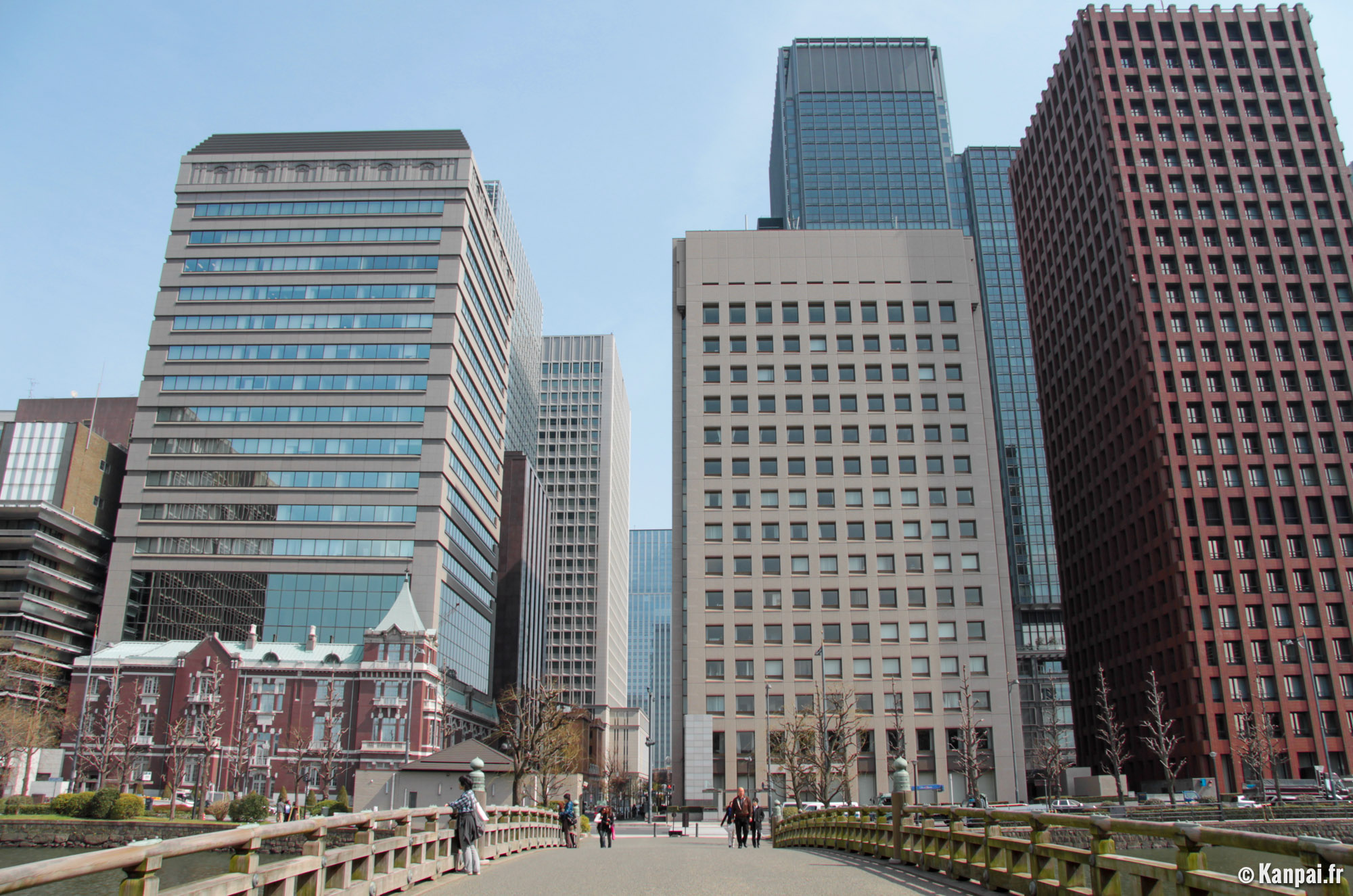
Palais impérial de Tokyo La résidence et les jardins de l'Empereur
Top choice in Tokyo. The Imperial Palace occupies the site of the original Edo-jō, the Tokugawa shogunate's castle. In its heyday this was the largest fortress in the world, though little remains today apart from the moat and stone walls. Most of the 3.4-sq-km complex is off limits, as this is the emperor's home, but join one of the free tours.

Tokyo Imperial Palace Walking Tour (Self Guided), Tokyo, Japan
Imperial Household Agency Visit Guide > Sites > Imperial Palace. The Imperial Palace has served as the residential place of the successive Emperors since 1868. It contains the Imperial Residence and the Imperial Palace Complex, where His Majesty the Emperor undertakes official duties. Various ceremonies and public activities are held there too.
Kōkyo, le Palais Impérial de Tokyo Notre Montréalité
The Imperial Palace (皇居, Kōkyo, literally 'Imperial Residence') is the main residence of the Emperor of Japan.It is a large park-like area located in the Chiyoda district of the Chiyoda ward of Tokyo and contains several buildings including the Fukiage Palace (吹上御所, Fukiage gosho) where the Emperor has his living quarters, the main palace (宮殿, Kyūden) where various ceremonies.
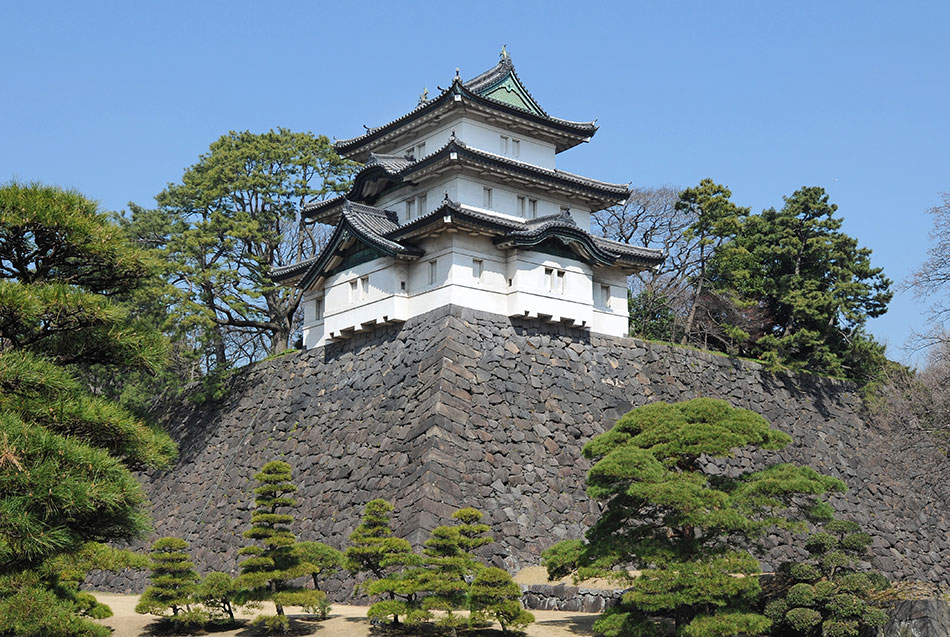
Palais impérial de Tokyo / Site officiel du tourisme de Tokyo GO TOKYO
Listen She Bends Light de chaos clay On the occasion of the exhibition "Hors de la nuit des normes, hors de l'énorme ennui" at the Palais de Tokyo, immerse yourself in the musical universe of chaos clay's installation "She Bends Light" by exploring the tracklist that contributed to its creation.

Palais impérial * Tokyo Favorite places, Mansions, Imperial
Free admission*. Free entry for under 18-year-olds, recipients of Income Support or Jobseeker's Allowance (only in France), Ministry of Culture and Communication employees, ICOM, IKT, journalists, lecturer-guides, teacher passes, Seniors (OAPs), registered disabled and accompanying companion or carer. *Upon presentation of a valid documentary.

Les jardins du palais impérial de Tokyo
Horaires Palais impérial de Tokyo. Jardins extérieurs ouverts toute l'année de 9h à 16h-18h, sauf : les lundis et vendredis. du 28 décembre au 3 janvier inclus (ouverture spéciale le 2 janvier) le 23 février pour l'anniversaire de l'Empereur (ouverture spéciale) occasions politiques spéciales.
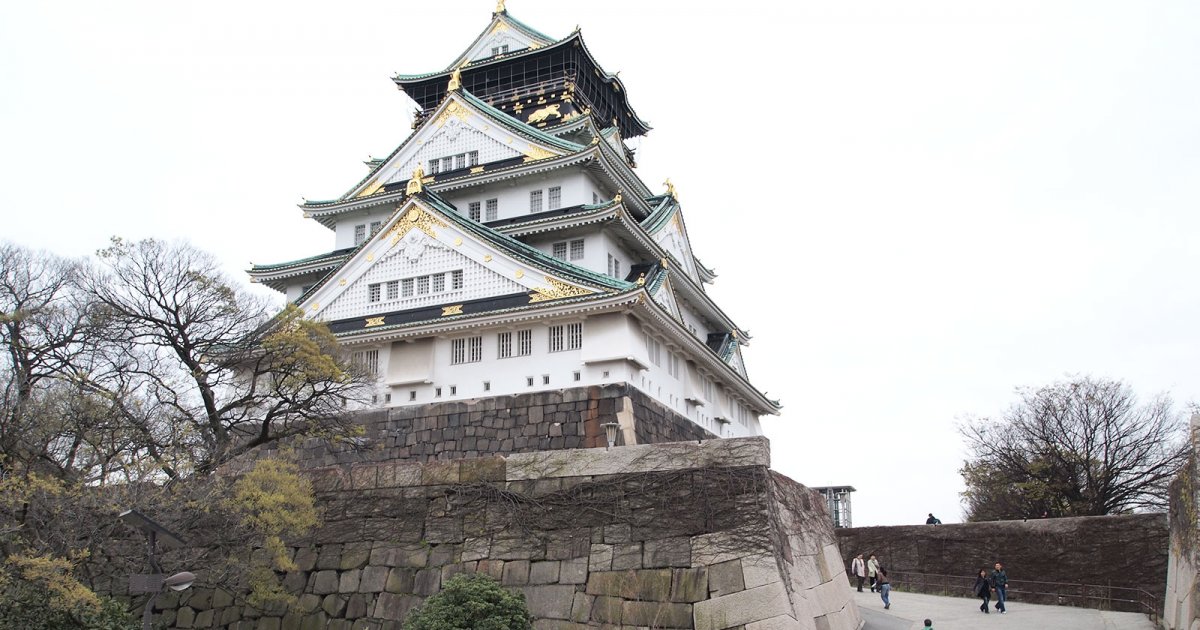
Audioguide PALAIS IMPÉRIAL DE TOKYO Visite (FR) MyWoWo
Tokyo Imperial Palace is in Chiyoda ward, right at the center of the Japanese capital. The compound is surrounded by its original moats and is known to shelter Kokyo, the Emperor's current residence, as well as several parks, some of which opened to the public. Contents. Tour of the grounds available throughout the year.

Vue d’ensemble des activités à Palais impérial de Tokyo, Japon
Arrêtez-vous ensuite au palais impérial de Tokyo, lieu de la résidence actuelle de la famille impériale et également site du château d'Edo, un château de Tokyo. Visitez soit les jardins de l'est, jardins japonais traditionnels, soit le pont Niju-bashi, structure japonaise historique, dans les jardins extérieurs, Apprenez en plus sur l.
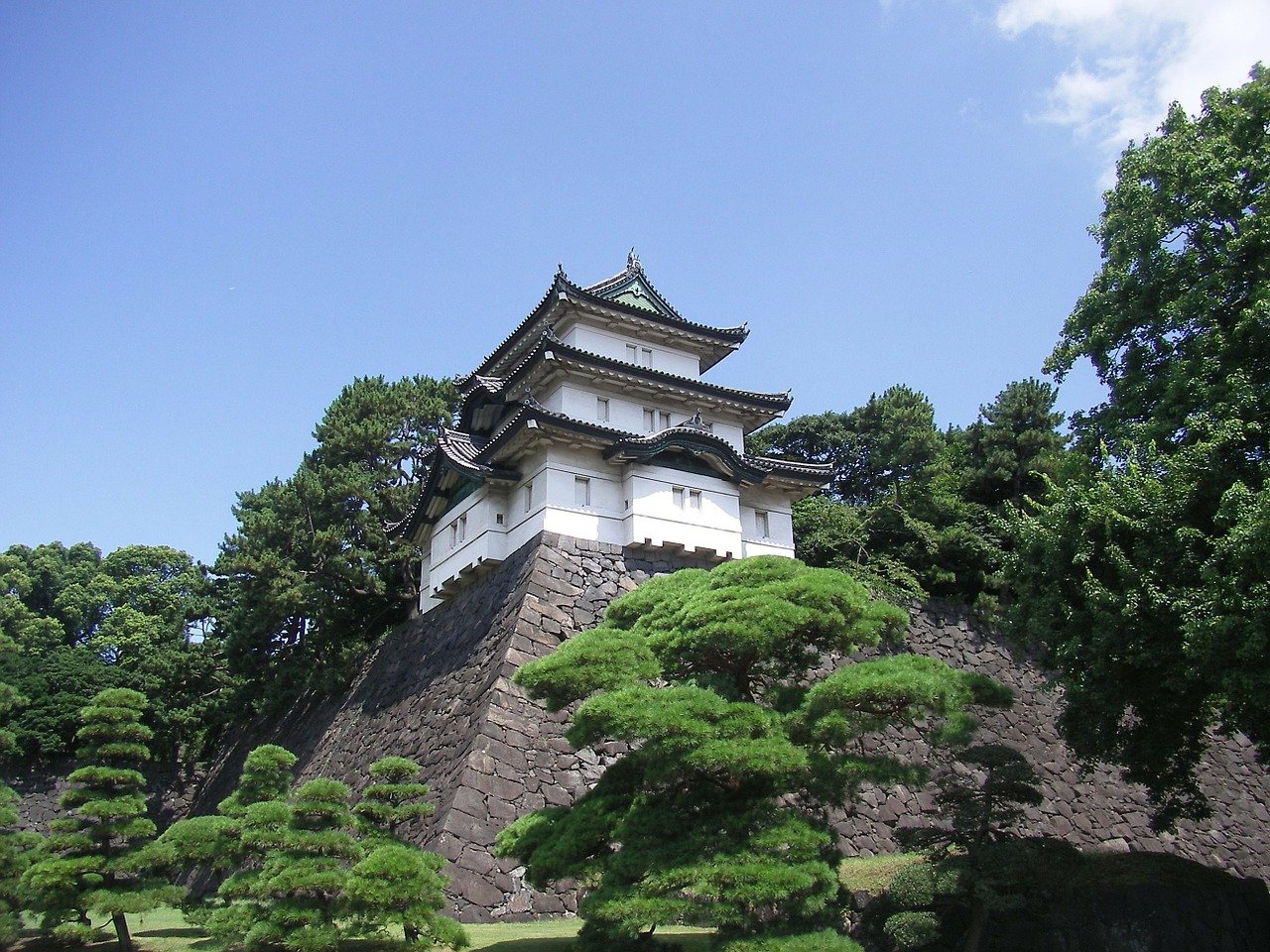
Palais impérial de Tokyo Tokyo Prestige
Description Plan du palais impérial de Tokyo et des jardins environnants. Le palais impérial se trouve à l'emplacement de l'ancien château d'Edo, résidence des shoguns Tokugawa, qui fut détruit lors d'un incendie le 5 mai 1873, et dont il garde de son passé de château fort quelques vestiges de fortifications dont surtout les douves (堀, hori?) qui isolent le Kōkyo du reste de la.